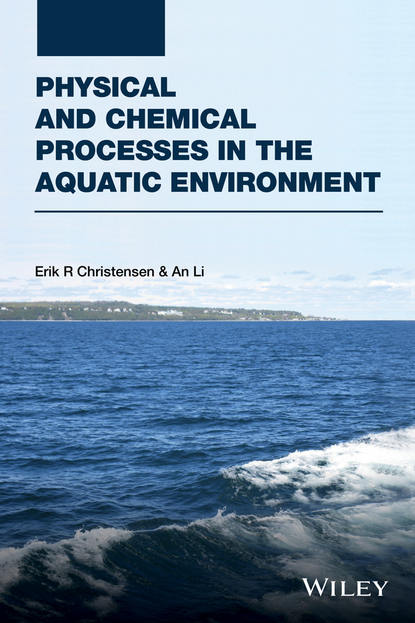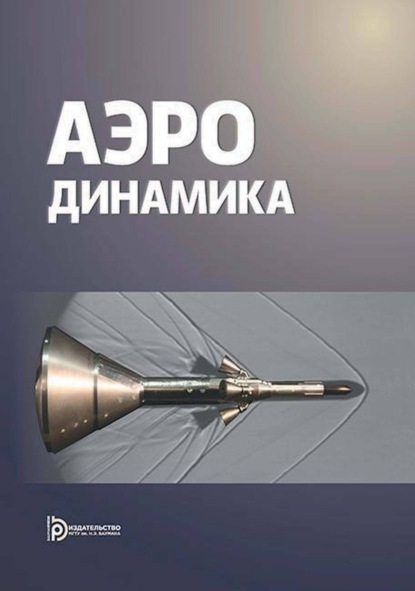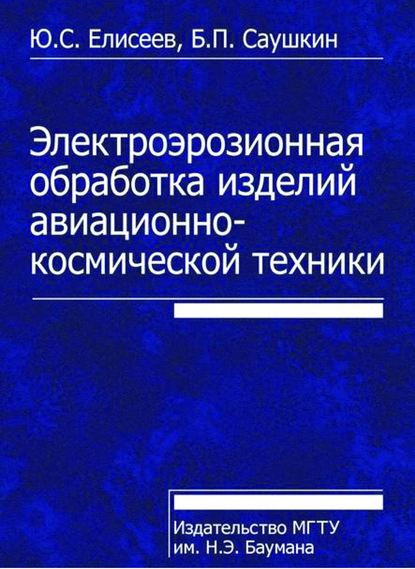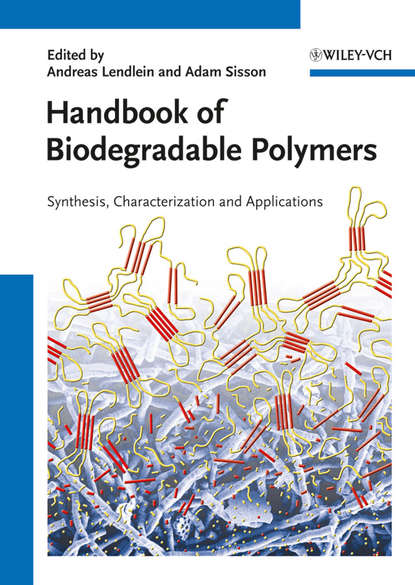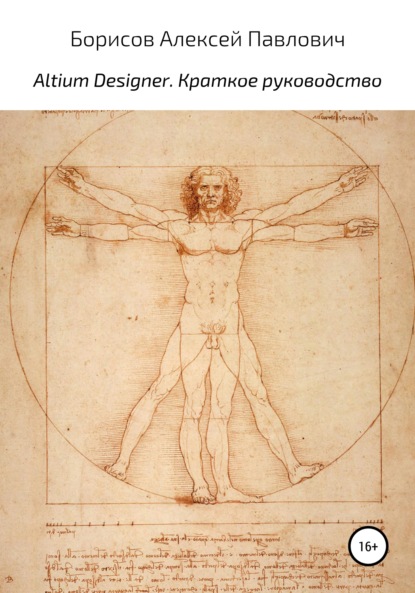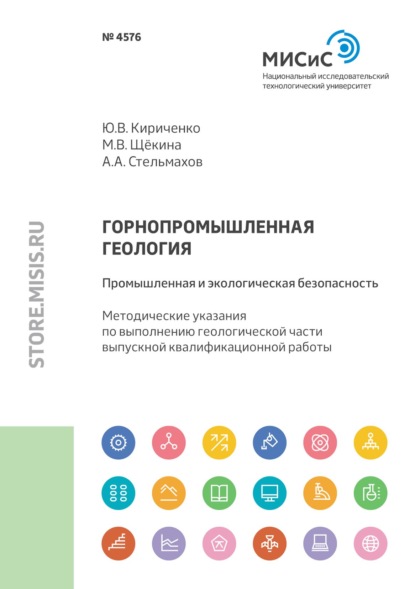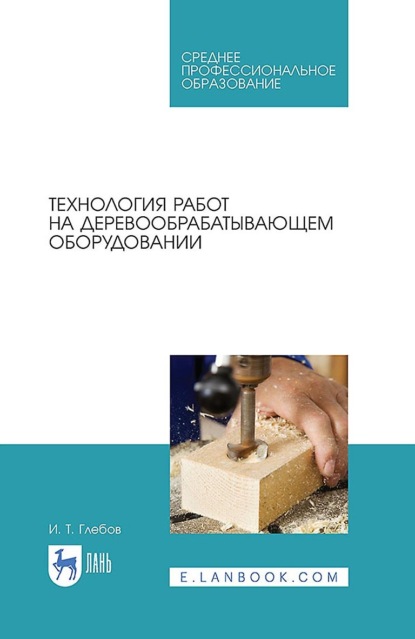Эта книга посвящена физическим и химическим процессам, происходящим в пресноводных водоемах - реках и озерах. В отличие от других книг на эту тему, данная имеет уникальную структуру: она прослеживает путь загрязнения от источников до последствий. В книге подробно рассматриваются различные трассеры - от патогенов до стабильных изотопов элементов, что отличает ее от многих других книг по контролю загрязнения природных вод. Обсуждаются геофизические процессы, влияющие на смешивание воды, взаимодействие воды и атмосферы, осадкообразование. Описаны важные геохимические процессы, протекающие в природных водах. Отдельные главы посвящены процессам, характерным для питательных веществ, органических загрязнителей, металлов и патогенов. В каждой главе дается введение в тему, физико-химические свойства наиболее важные для поведения веществ в природных водах, теории и модели описания их распределения, транспорта и трансформации. Книга включает самую современную информацию, в том числе обсуждение новых загрязнителей: бромсодержащих и фосфоросодержащих замедлителях горения, перфторированных соединениях, фармацевтических препаратах и средствах личной гигиены. Из-за важности темы добавлена глава по экотоксикологии с информацией о молекулярно-биологических методах, наночастицах и сравнении моделей биотической лигандной и Вейбулла. В заключительной главе кратко обобщены нормативы качества природных вод.
Электронная Книга «Physical and Chemical Processes in the Aquatic Environment» написана автором Christensen Erik R. в году.
Минимальный возраст читателя: 0
Язык: Английский
ISBN: 9781118911686
Описание книги от Christensen Erik R.
There is need in environmental research for a book on fresh waters including rivers and lakes. Compared with other books on the topic, this book has a unique outline in that it follows pollution from sources to impact. Included in the text is the treatment of various tracers, ranging from pathogens to stable isotopes of elements and providing a comprehensive discussion which is lacking in many other books on pollution control of natural waters. Geophysical processes are discussed emphasizing mixing of water, interaction between water and the atmosphere, and sedimentation processes. Important geochemistry processes occurring in natural waters are described as are the processes specific to nutrients, organic pollutants, metals, and pathogens in subsequent chapters. Each of these chapters includes an introduction on the selected groups, followed by the physicochemical properties which are the most relevant to their behavior in natural waters, and the theories and models to describe their speciation, transport and transformation. The book also includes the most up to date information including a discussion on emerging pollutants such as brominated and phosphate flame retardants, perflurochemicals, and pharmaceutical and personal care products. Due to its importance an ecotoxicology chapter has been included featuring molecular biological methods, nanoparticles, and comparison of the basis of biotic ligand model with the Weibull dose-response model. Finally, the last chapter briefly summarizes the regulations on ambient water quality.
